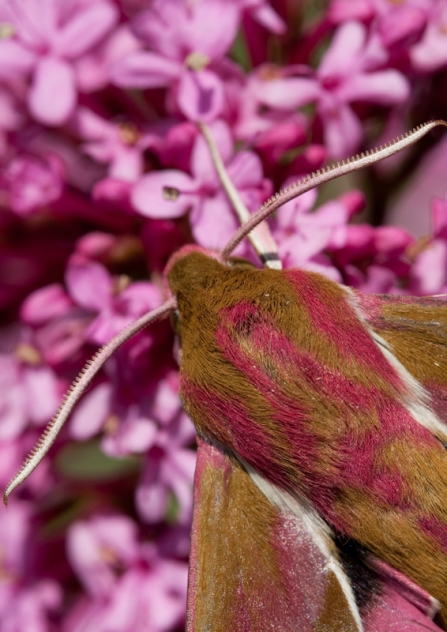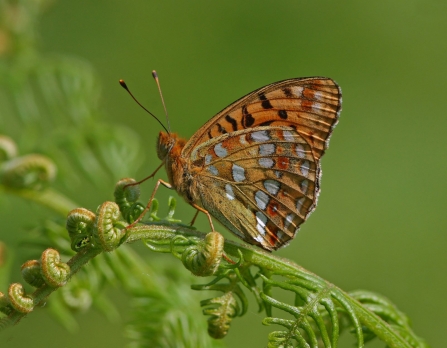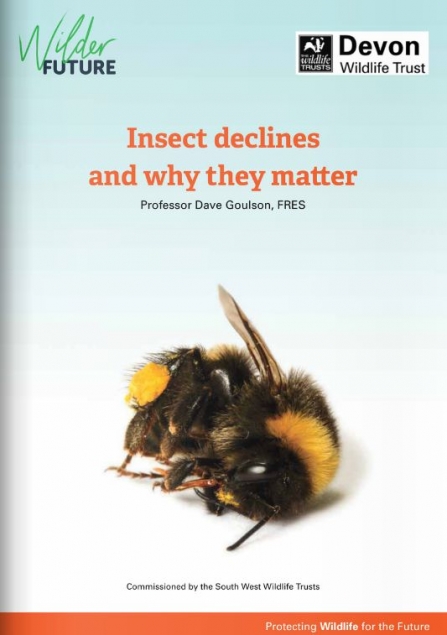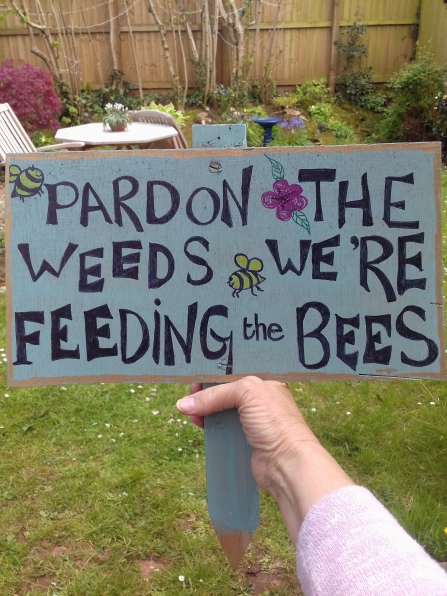Recently I had the pleasure of running along the dramatic coastline just to the west of Plymouth. It’s a stunning stretch, culminating in Rame Head, a conical shaped hill topped with a medieval hermitage, and protruding a mile out into the English Channel. I was lucky enough to be there on a sparkling autumn day, with sun glinting off the waves. Much of it a nature reserve, this section of the coast path is packed with woodland, scrub, heath, meadow and cliff. There were clouds of flies and gnats hovering at head height and I had to shut my mouth at times to avoid swallowing them. Flocks of small birds were enjoying a bit of rare November sunshine too.
Standing on the ruined walls of the hermitage 400 feet above the swell, Lizard Point shimmered on the horizon 50 miles to the west, and the dark cliffs of the Bolt loomed 20 miles eastward. Looking inland I realised the beautiful of wild stretch that I had just emerged from was part of a narrow ribbon along the coastal fringe, extending as far as I could see in each direction. But behind it the landscape was broken up into closely grazed fields and short cropped hedges.





